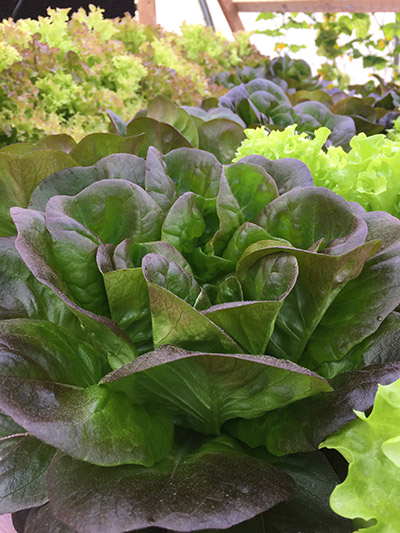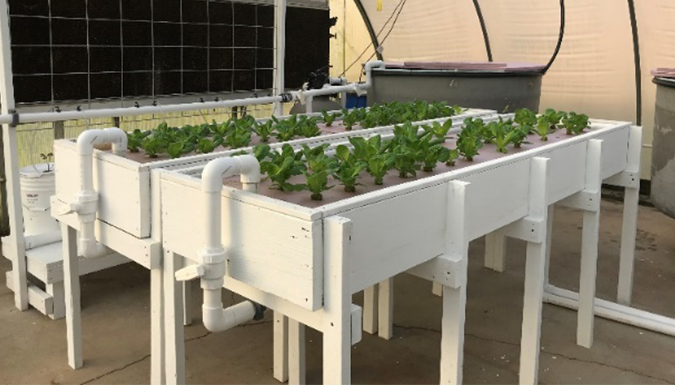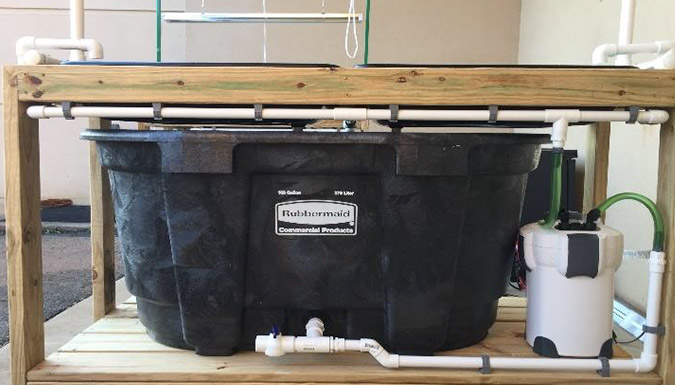Aquaponics
Aquaponics is one of the most sustainable and popular methods of growing agriculture, taking place at the forefront of America’s changing agriculture landscape. It takes advantage of using much less space and utilizes less water than contemporary agriculture. Aquaponics, a process of culturing fish and plants in a recirculating system, uses fish waste to provide plant nutrients. In turn, the plants clean up the water to recirculate back to the fish tank. This method uses 90% less water than traditional farming, and plants can be grown anytime in a controlled environment.
Hydroponics
Hydroponics is similar to aquaponics; however, a mixture of artificial fertilizers is mixed to provide nutrients to plants. The system is monitored by pH and EC (electro-conductivity) to monitor the essential nutrients needed for sufficient growing of the plants. Hydroponics is also a sustainable means of agriculture and is at the forefront of America’s changing agriculture landscape. It takes advantage of using much less space and utilizes less water than contemporary agriculture.

Publications
Introduction to Aquaponics
This article provides a general introduction to aquaponics with basic information about system components, fish and plant selection, and management techniques for water quality and the everyday operation of the system.
Read more
Aquaponics: System Layout and Components
This publication covers the different components of an aquaponics system, their purpose, and the mechanisms that connect the system and allow for proper operation.
Read more
Build Your Own Educational System

Building Plans
We offer two building plans for you to choose from. The small educational system is equipped with a 40 gallon fish tank, one plant growing area, filtration and lighting for plant growth. The large educational system is equipped with a 100 gallon fish tank, two plant growing trays, filtration and lighting for plant growth.
Purchase building plans
